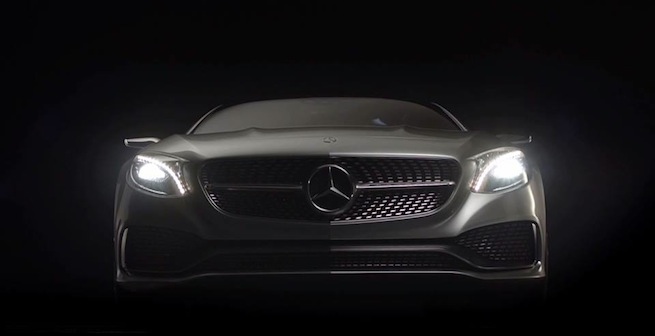Which Type of Headlights are Right for Your Car?
Giancarlo Perlas February 11, 2016Headlights are a must on any vehicle—they are not an optional feature. However, buying headlights these days is not as straightforward a proposition as it once was. These days, there are so many headlights to choose from, divided into three main types of headlights: halogen, LED and xenon. This guide will help you to decide which headlight (or headlamp) is right for your vehicle.
Whichever type of headlight you choose, the primary goal is the same: to properly illuminate the roadway in front of the vehicle at night and in other low-visibility conditions. What differentiates one type of headlight from another is the specific type of bulb that is used.
Halogen Headlights
Halogen is a group of five chemicals that are very reactive. Each bulb in a halogen headlight features a thin tungsten filament and a glass filament capsule which is filled with halogen gas. Halogen bulbs produce very bright, pure white light.
Xenon headlights
Xenon is a colorless and odorless gas, one that is found in small amounts naturally in the earth’s atmosphere. It is commonly used in automotive applications such as headlights, including high-intensity discharge (HID) bulbs. Like halogen, xenon emits a clean and bright white light.
LED Headlights
LED, a common type of light in many household items, stands for “light-emitting diode.” LED headlights are designed differently than the others because these bulbs need to be cooled from behind, unlike the others. One benefit of this type of light is that because the bulbs can be quite small, LED headlights can come in a wide variety of sizes and shapes.
Pros and Cons of the Types of Headlights
Each of these three types of lights has its own benefits and disadvantages, depending on your particular needs.
Halogen lights are long lasting, bright, inexpensive and easy to find. However, they can become quite hot, they use a lot of energy, and replacing them can be quite tricky.
Xenon bulbs provide good lighting, are more energy-efficient than halogen, and are longer lasting. On the downside, they are expensive to purchase and replace, and can cause undue glare to other drivers as they are very bright.
Finally, LED bulbs are small, versatile and energy efficient. They are expensive, however, and need to be cooled to run effectively.
This is just a summary of the pros and cons of the three main categories of headlights. Each one will work well in most cars, and the decision is largely one of preference. It’s important to take into consideration brightness, energy consumption and replacement cost when making your choice. If you are unsure what choice to make, ask your local auto supply store for advice. They can help you make an informed decision.





